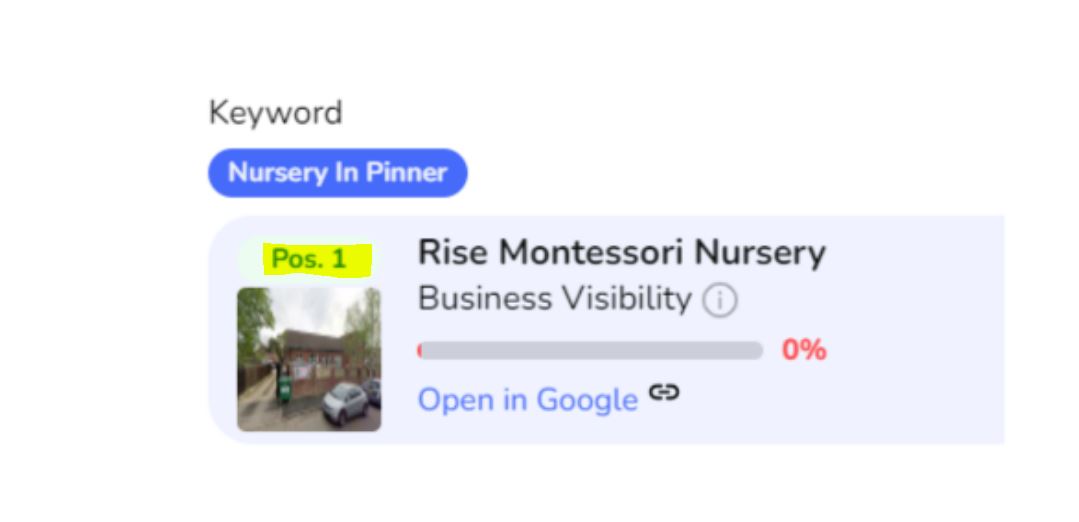Pay-per-click (PPC) advertising has become a cornerstone for businesses looking to drive targeted traffic and generate leads quickly. However, simply running ads isn’t enough; optimizing your campaigns to maximize return on investment (ROI) is essential. Here are 10 expert tips to help you get the most out of your PPC campaigns:

- Define Clear Campaign Goals
Before launching a PPC campaign, determine what you want to achieve. Are you aiming for more website traffic, lead generation, or e-commerce sales? Clear goals will guide your strategy and help measure success effectively. Without specific objectives, you might end up wasting your ad budget on clicks that don’t convert.
- Conduct Thorough Keyword Research
Keywords are the foundation of any PPC campaign. Use tools like Google Keyword Planner, SEMrush, or Ahrefs to identify high-performing keywords relevant to your business. Focus on keywords with high search intent and moderate competition to strike the perfect balance between reach and cost-efficiency.
- Leverage Negative Keywords
While finding the right keywords is crucial, identifying negative keywords is equally important. These are terms you don’t want your ads to show for, which can save you money by preventing irrelevant clicks. For example, if you’re selling premium products, you might exclude “cheap” or “free” as negative keywords.
- Optimize Ad Copy
Your ad copy is the first thing potential customers see, so make it compelling. Highlight unique selling points (USPs), include a clear call-to-action (CTA), and address pain points to grab attention. A/B testing different versions of ad copy can help determine what resonates best with your audience.
- Utilize Ad Extensions
Ad extensions enhance your ads by providing additional information, such as phone numbers, site links, or customer reviews. They not only improve your ad’s visibility but also boost click-through rates (CTR). Ensure you use extensions relevant to your business objectives.

- Monitor and Adjust Bids Regularly
PPC platforms like Google Ads operate on a bidding system. Regularly analyze your bids to ensure they’re competitive without overspending. Focus on high-performing keywords and adjust bids to maximize ROI for those terms, while scaling back on underperforming ones.
- Refine Your Target Audience
PPC campaigns allow precise audience targeting based on factors like demographics, location, and interests. Use this to your advantage by narrowing your focus to the audience most likely to convert. For example, if you run a local business, ensure your ads target users within your geographic area.
- Focus on Landing Page Optimization
The user experience doesn’t end with the ad; your landing page plays a crucial role in driving conversions. Ensure your landing pages are visually appealing, load quickly, and have clear CTAs. Align the messaging on your landing page with your ad copy to maintain consistency and boost trust.
- Track Key Performance Metrics
Keep a close eye on key performance indicators (KPIs) like CTR, cost per click (CPC), and conversion rates. Use analytics tools to track and measure campaign performance. Regular monitoring helps identify areas for improvement and ensures you’re not wasting money on ineffective ads.
- Leverage Retargeting Campaigns
Not all users convert on their first visit. Retargeting campaigns help you reconnect with users who have interacted with your site but didn’t take the desired action. By showing them relevant ads, you can stay top of mind and encourage them to return and convert.
Conclusion
PPC campaigns can deliver exceptional results when optimized effectively. By implementing these expert tips, you can increase your ROI and ensure your advertising budget is well-spent. Remember, PPC is not a one-time effort but an ongoing process of monitoring, testing, and refining.

At Digikestra, we specialize in crafting tailored PPC strategies that drive measurable results. As a leading PPC agency in London, our team of experts can help you achieve your goals.
Follow us on Facebook, Twitter, Instagram, LinkedIn, to stay updated and let us help you elevate your digital marketing game!















